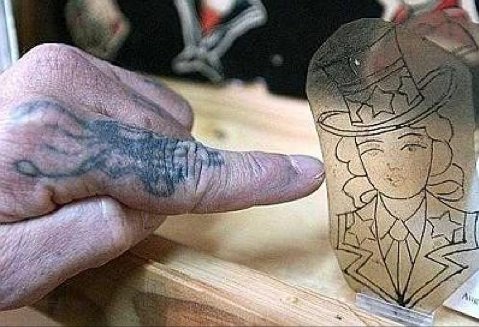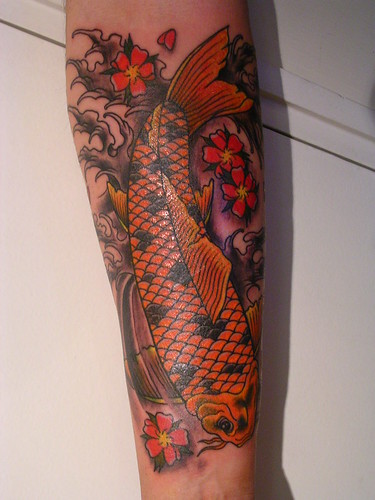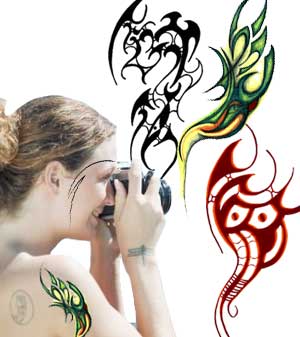
Recently there's been a huge rise in the field of tattooing. With popular TV shows like Miami Heat in LA Inc. being broadcast on national TV more and more people are getting tattoos. Of particular fascination to many are Chinese tattoo symbols and designs. The art of tattooing in China actually dates back much farther then its western counterpart. In the West until he didn't come into fashion until very late in the 20th century and mainly in the early 21st century. However, the art of tattooing has a long history in many Asian cultures including China, Japan, and even Thailand just to name a few. What is ironic about this is typically tattoos are used in many of the Asian cultures to mark criminals and other social deviants.
Regardless of the past Chinese tattoo symbols have been widely adopted into the western tattoo lexicon. The mystique and foreignness of an Asian tattoo and the beauty of Chinese and Japanese writing have really sparked a lot of interest among western tattoo enthusiasts. There are many beautiful Chinese designs of themselves well to the art of tattooing. However in much of Asia since tattooing was done in criminals and social deviants many of the designs are very large and often full body pieces especially in Japan. These often are very expensive designs and take many hours in a tattoo shop this is led many western tattoo enthusiasts to opt for Chinese symbols. The beautiful script used in China lends itself well to creating a mysterious and ancient looking tattoo that is not easily discernible by the average Westerner


































